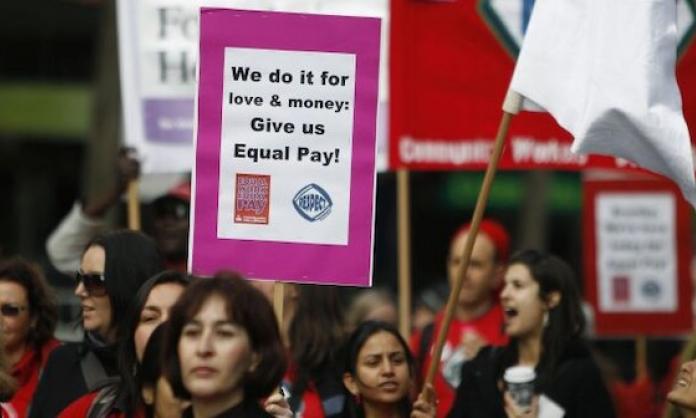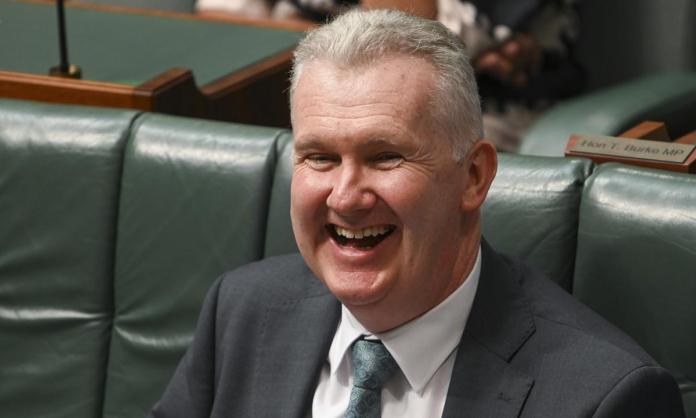Imagine a government announced that it was setting up a new pension scheme in which the richer you were, the more pension you got. It would be laughed out of office. But that in effect is what happens with the compulsory superannuation guarantee (SG) scheme and the associated tax concessions.
Back in 1992, Treasurer Paul Keating and the Australian Council of Trade Unions did a deal for compulsory superannuation. The ACTU agreed that all workers would forego a wage increase of 3 percent for their employer to contribute that amount as compulsory superannuation to retail or industry funds.
The argument was that, as the population aged, it would cost the government more and more in pensions. The compulsory SG scheme would alleviate budget pressure and ensure workers were better off when they retired. In addition, the government introduced tax concessions on contributions, fund earnings and superannuation pensions to encourage voluntary contributions.
The SG payments increased over time to 9 percent of ordinary wages. That will now increase gradually to 12 percent by 2019 as a result of changes the Gillard Labor government made.
Notionally, the employer pays the SG contribution. In fact, it is workers who bear its burden through reduced wage increases in enterprise bargaining. The lost 3 percent of wage increases meant that Keating could brag that real unit labour costs fell when SG was introduced and every time it increased.
Far from reducing budget pressure, the SG scheme adds to it. According to the 2013 Treasury Tax Expenditures Statement, the revenue foregone from the superannuation tax concessions last year was $31 billion; taking into account the increased SG, that will rise to $45 billion in 2015-16. Pension payments totalled $30 billion last year, so Australian taxpayers will pay more in superannuation tax concessions than in pensions.
Those tax concessions go disproportionately to the rich. The top 10 percent of income earners will receive, according to the Australia Institute director Richard Denniss, more than 31 percent of the benefits of the superannuation tax concessions. In other words, by 2015-16 over $15 billion in revenue from the top 10 percent will be foregone. By contrast, the poorest 10 percent receive no benefits from the tax concessions. In dollar terms this is zero, zilch, nothing.
The combination of the compulsory SG and tax concessions means there is now about $1.6 trillion in the hands of superannuation funds and their managers. That is the equivalent of Australia’s annual gross domestic product.
These funds get to make decisions about where our trillions are invested. They play with our lost wages on the share market, in property and even productive investment. During the global financial crisis, for example, returns fell. The beauty from the point of view of the funds is that under accumulation schemes it is workers who bear the risk of falls in the market. In defined benefit schemes, workers are paid a pension based on salary and length of service, regardless of the amount the fund has earned. Not surprisingly, defined benefit schemes have declined.
At the moment, assuming a rate of return of 5 percent, you would need to have saved $800,000 over your working life to be able to retire on a modest superannuation pension of $40,000. The average balance for retirees today is less than $100,000. On the other hand, the top 1 percent of income earners do have balances of $800,000 or more.
Superannuation is a scam. The system is rigged in favour of the rich. It is paid for by lower wage increases and gives the greatest benefits to the wealthy. It gives trillions to unaccountable funds and managers so they can invest our money in big casinos like the stock exchange.
Disgracefully, but typically given it rules for the 1 percent, Labor has promised not to make any changes to the superannuation lurks and perks for five years, locking in this rort for the rich.
Is there an alternative? Imagine if we abolished the superannuation tax concessions for the rich. That would give government enough to increase the current $19,000 pension to $30,000, up to $200 a week extra for the 2.2 million age pensioners.








